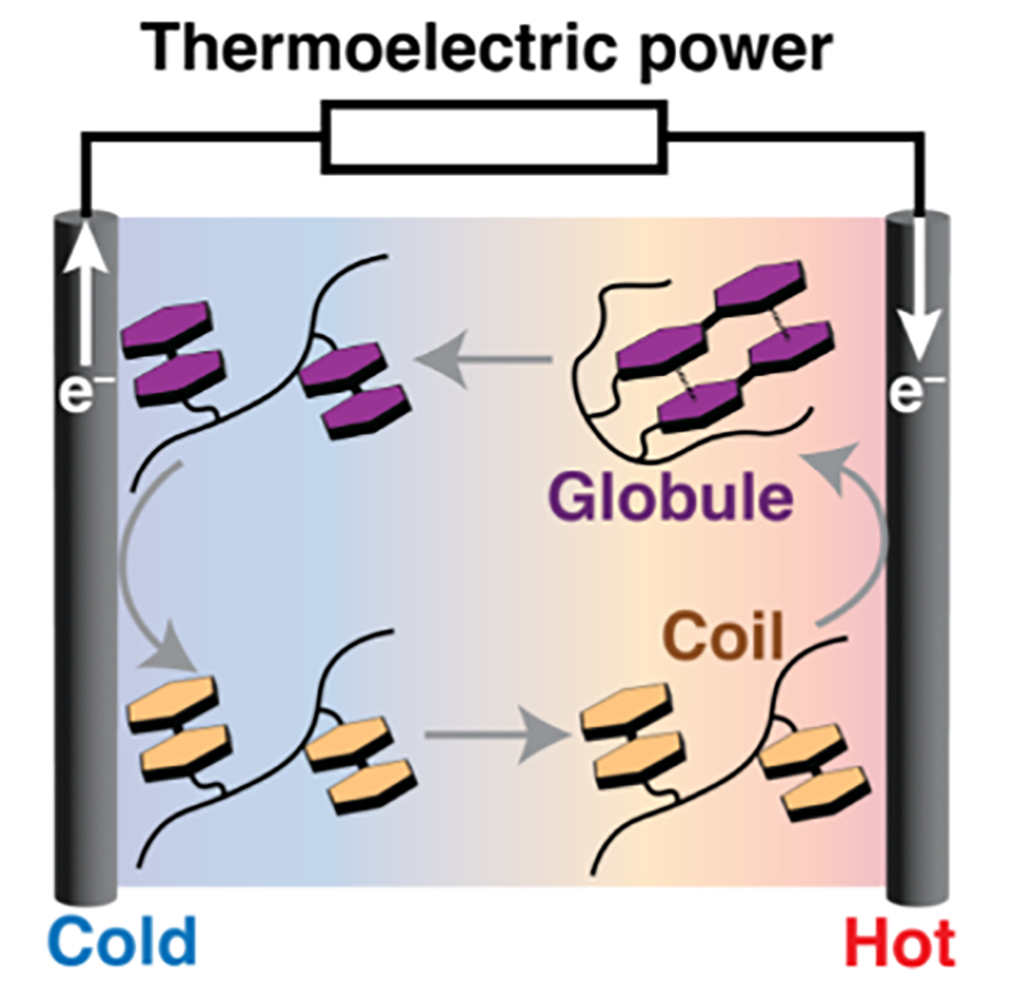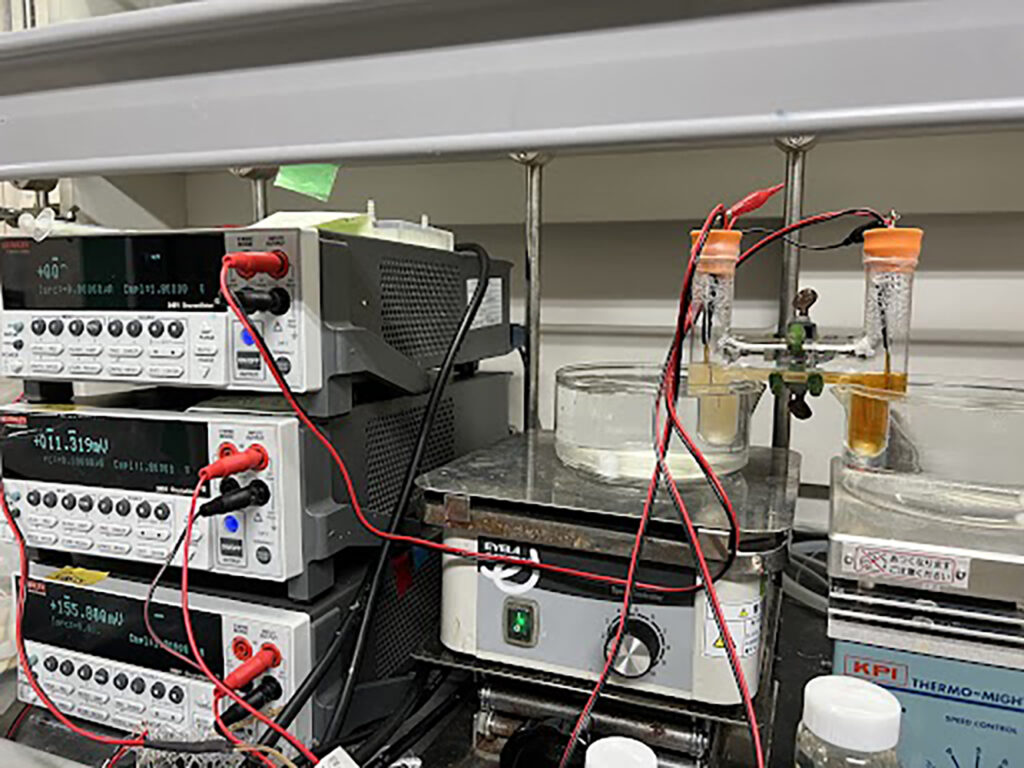Latent heat energy breakthrough
- PostedPublished 20 December 2023

Researchers at the University of Tokyo have made a significant breakthrough by generating electricity from latent heat produced during a substance’s phase transition through the phenomenon known as the thermoelectric effect.

This breakthrough has profound implications for enhancing thermocells, devices that convert temperature differences into electricity. With increasing global temperatures and demand for cooling, this milestone is timely. It opens up exciting opportunities to harness waste heat from chilling systems like air-conditioning and refrigeration to reduce their electrical consumption and sustainability.
“For the first time, we’ve confirmed that latent heat has the potential to be used for thermoelectric conversion,” said Professor Teppei Yamada from the University of Tokyo’s Department of Chemistry.
“With this method, in principle, it is possible to extract electrical energy from even the slightest temperature difference, greatly increasing the number of situations in which thermoelectric conversion can be used.”
An area where this technology shows great promise is in the field of electric vehicle air-conditioning and thermal management systems. These systems not only impact battery range but also generate significant amounts of waste heat.
By integrating a thermoelectric module that harnesses the temperature difference between the hot refrigerant and the surrounding air, the waste heat produced by the air-conditioning system can be effectively converted into electrical energy. This dual-purpose approach would not only power ancillary devices but also serve as a means to charge the EV’s batteries, ultimately improving the overall range and energy efficiency of the vehicle.

Electric vehicle components that generate waste heat include the battery, electric motor, power electronics and charging system. By integrating thermocell technology with these components, a multitude of electrical harnessing opportunities arise within a single system. This opens up a world of possibilities for numerous other applications, so the potential of this technology is immense.
“We have already reached the stage where we can consider practical applications of thermocells. For example, we expect it would be possible to generate electricity while cooling a server room,” said Professor Yamada.
In their experiment, the researchers used a thermocell containing Poly(N-isopropylacrylamide), a hydrogel substance, enhanced with a compound called viologen which consisted of a thermo-responsive polymer capable of reacting to temperature variations.
By leveraging the small amount of latent heat generated during the hydrogel’s phase transition, the researchers successfully generated electricity. Introducing a change in pH elevated thermocell performance to above 2 microvolts per kelvin. Typically, thermocells utilising organic compounds exhibit a coefficient of less than 1 microvolt per kelvin.
This measurement, known as the Seebeck coefficient, quantifies the voltage generated from a given temperature difference.
This groundbreaking research from the University of Tokyo, continues to explore the potential of harnessing energy from natural temperature variations and repurposing waste heat generated by vehicles, power plants, and computer processors.
“The real challenge now is that this technology is not well known, so we need industry, government and academia to work together to achieve rapid social implementation,” remarked Professor Yamada.
- CategoriesIn SightGlass
- TagsSightGlass News Issue 31, thermoelectric

